#PlasticFreeJuly – These unexpected items are shockingly not plastic-free!
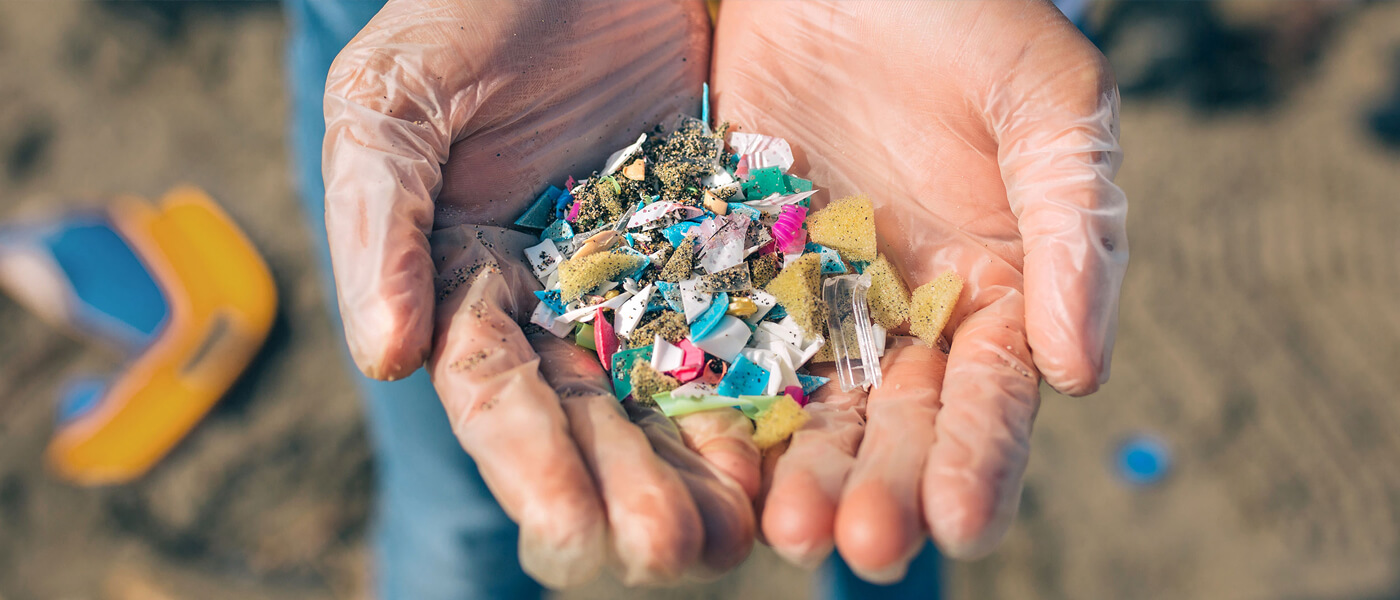
What would the first thing that comes to your mind when we mention the word “plastic”? No doubt that the usual items like food packaging, such as bags for our vegetables and groceries at the supermarket, single-use cutleries for our takeaway orders and as disposable items like shower gels and shampoo bottles would most definitely make the list.
While you may be aware that many items we commonly see and use contain plastic, you’ll probably be surprised that some of your everyday items which you have never thought of, contain plastic as well! It is undeniable that this material has a big part in our society and makes our lives convenient, but at what cost? We have rounded up a list of items and a few alternatives you might want to consider:
1. Receipts
Every time we buy our weekly groceries from the supermarket or when we shop at the mall, we are not just walking away with the plastic packaging or the bag your item comes in. Unbeknownst to many, receipts are like straws. They contain Bisphenol A (BPA), a chemical used in the production of plastics and resins. Studies have shown that long-term exposure to these substances can in fact, cause negative health impacts to humans. BPA also makes receipts non-recyclable nor compostable thus, posing a threat to the environment.
Receipts are one of the unexpected sources of BPA exposure that is often easily overlooked. So, the next time you shop, you may want to consider refusing receipts or opting for digital copies as a more sustainable choice!
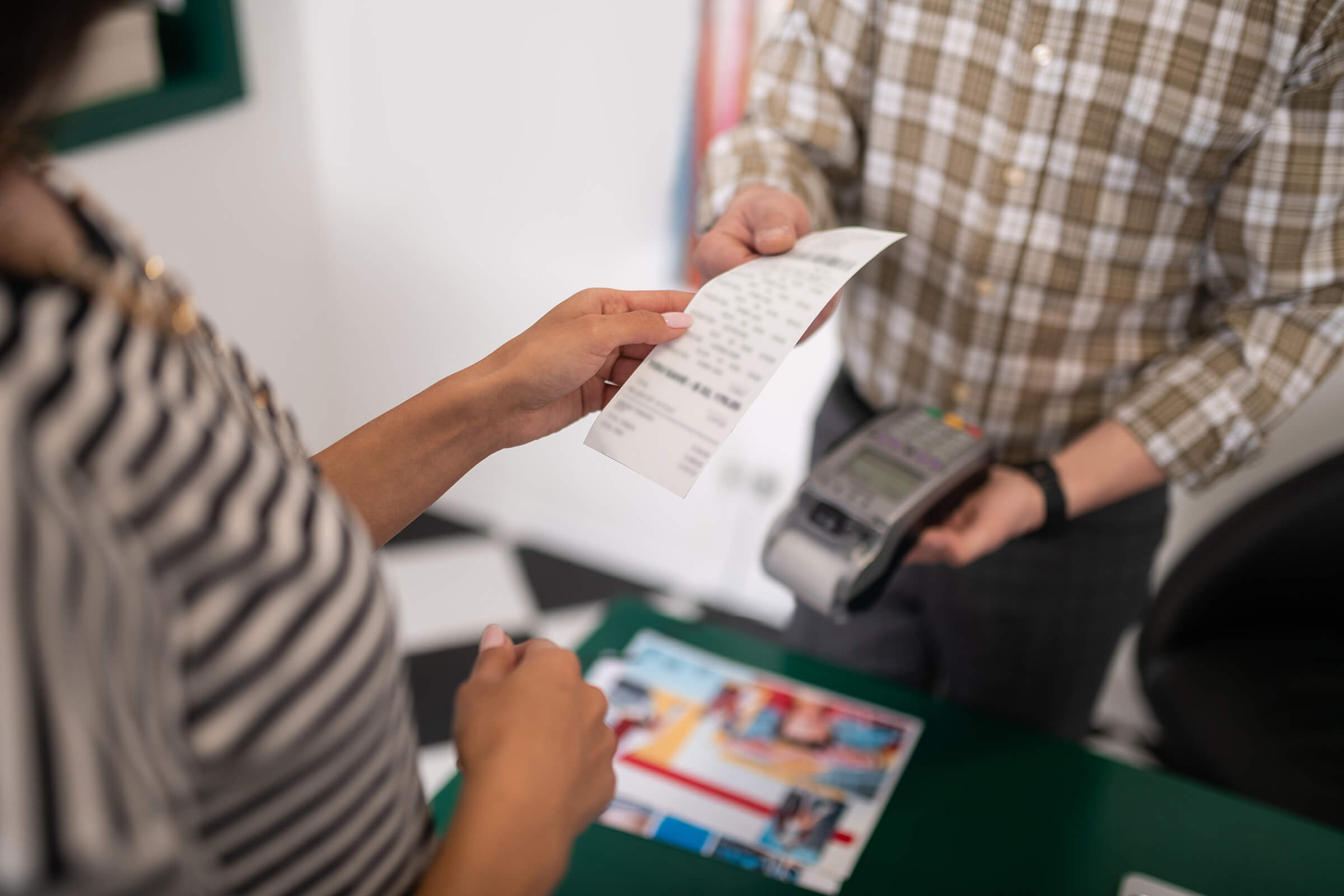
2. Clothing
Donning on your favourite dress or shirt for a special occasion, but have you ever considered that you might be dressed in your favourite pieces… of plastic? Many clothing items are made of textiles that have microplastics in them, such as polyester and acrylic. When we wash our clothes, some of these microplastics enter the water stream and can cause pollution. Instead, buying clothes that are made of natural fibres instead of synthetic materials can help reduce the impact significantly.
As replacing our entire wardrobe is unrealistic, here are some steps to lessen its harmful effects:
- Set the washing machine on cold water as heat damages the fabric, which could result in microplastics being released
- Wash when the laundry load is full to lessen the friction between the clothes; this way, fibres are less likely to break off
- Where possible, wash less by re-wearing clothes, which could probably be worn a few more times like denims and khakis
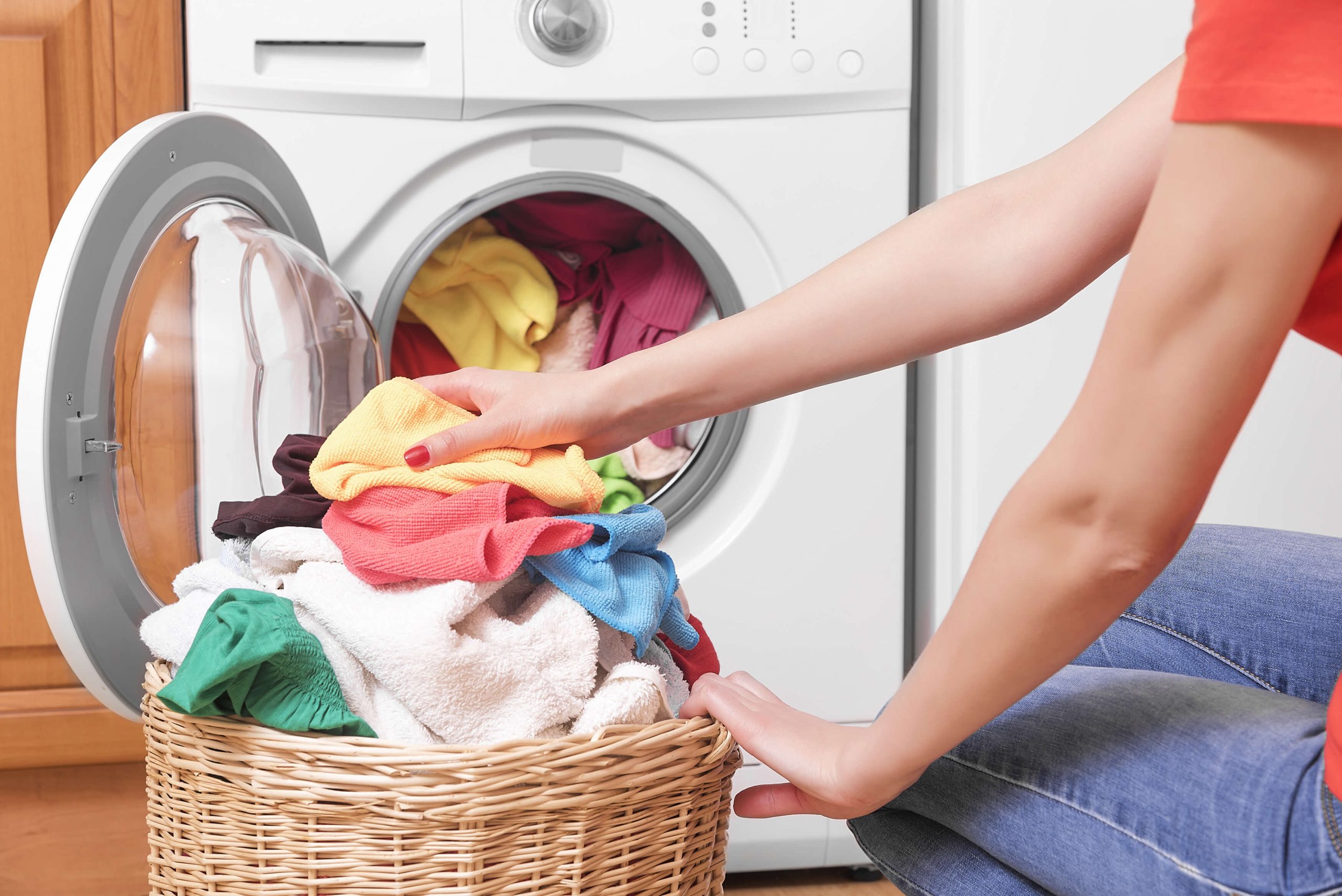
3. Glitter
During birthdays and festive seasons, glitter is everywhere: on packaging, in products and even on greeting cards. What seems to be a harmless decoration, may not be the case though. Glitter is made from a combination of aluminium and plastic, and are in very tiny, individual pieces. When we wash glitter off our hands, chances are they end up in our water bodies. With their size, it becomes much harder to remove them from water than plastic bottles or single-used utensils.
Once in the water bodies, glitter could be accidentally consumed by marine life like whales, seabird, and fish. For birds, especially, the plastic could be collected in their stomachs, causing them to eventually die of starvation.
Glitters are not essential. The next time we decorate our gifts or show our appreciation, perhaps we can skip those shiny non-essentials, and opt for a simple piece of twine and some cleverly reused wrapping paper!
4. Tea Bags
In order to increase the durability of tea bags in hot water, manufacturers don’t just use paper but also a significant amount of plastic. The plastic gets broken down in the beverage and we end up either consuming it unknowingly or pouring it down the drain once we are done with our cup of tea! For a healthier alternative, we can always choose loose-leaf teas, which are also generally better for the environment. You may find that they taste better and more aromatic as well!
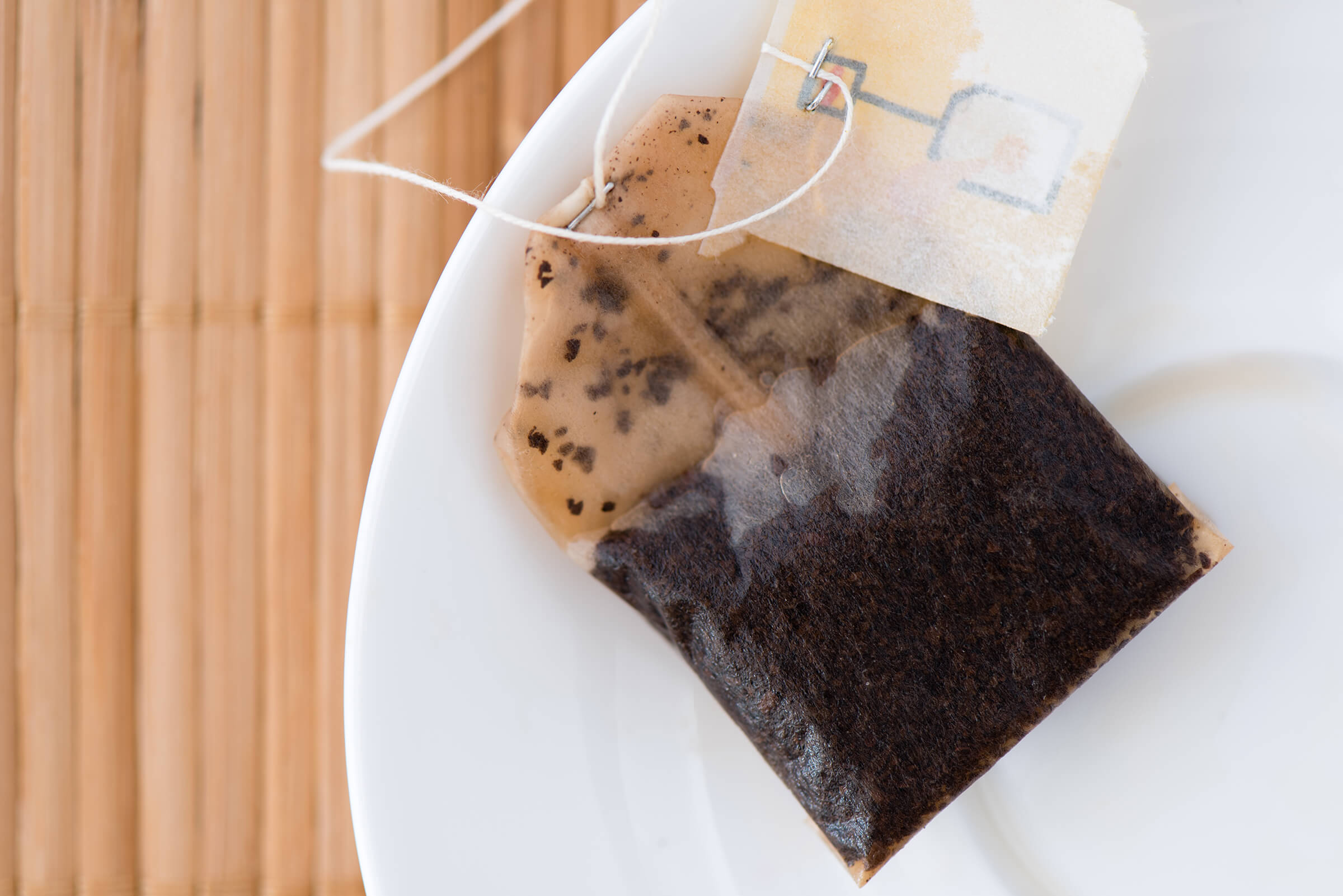
Simply fill a tea ball strainer with your tea leaves and use them as you would a regular tea bag. When you are done with the tea, you can discard the tea leaves and wash out your strainer. Most strainers are made of stainless steel, making it easy to clean and reusable for long periods of time. Once you are more familiar with tea preparation, you can also have fun exploring teapots and other tea ware.
5. Skincare
After a long day at work, some of us like to wind down with a good book and a relaxing candle, while some of us find joy in engaging in a skincare routine. But did you know that some of your skincare products could contain plastic?
They can come in the form of microbeads, which are commonly used to scrub off dead skin cells. Apart from causing harmful effects on your health, microbeads can also enter the water stream and pollute the environment.
There is a wide variety of cosmetic products out there that are now guaranteed free of microbeads, and we can take this into consideration the next time we grab a cleanser off the shelves.
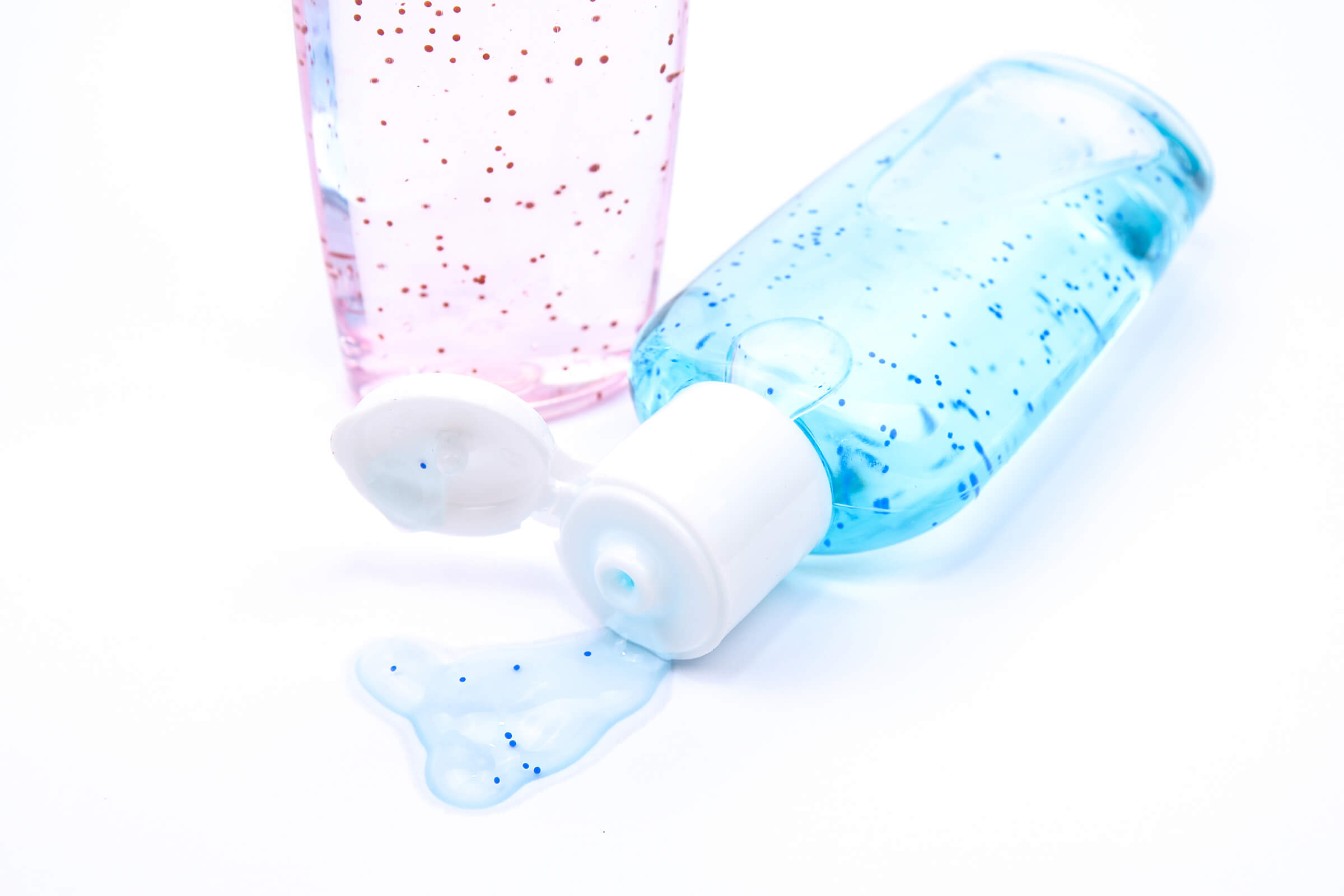
It’s not too late to embark on your eco-friendly journey so to help you get started, we are hosting a giveaway from now till 31 July 2021 on our Facebook and Instagram! Share with us your plastic-free tips and stand a chance to walk away with an exclusive Geneco Green Starter Kit consisting of Sprout plantable pencil, foldable umbrella that is 100% recyclable, collapsible water bottle, reusable straw and grocery net bag, plus $50 shopping vouchers!
As we do our part this #PlasticFreeJuly, we can consider slowly reducing and eventually replacing these unexpected items that contain plastic from our lifestyle with greener options. Through living by conscious choices, we are not just improving our own health but our planet’s welfare as well. After all, every little act counts to #PowerTheChange.
Image Credits: Nylon Coffee Roasters
Source: The Sustainability Project
References:
- 1 (2019) Climate Healers, Animal Agriculture is the Leading Cause of Climate Change – A Position Paper https://climatehealers.org/the-science/animal-agriculture-position-paper/
Plastic Free July - How to organise your own beach clean-up for the family
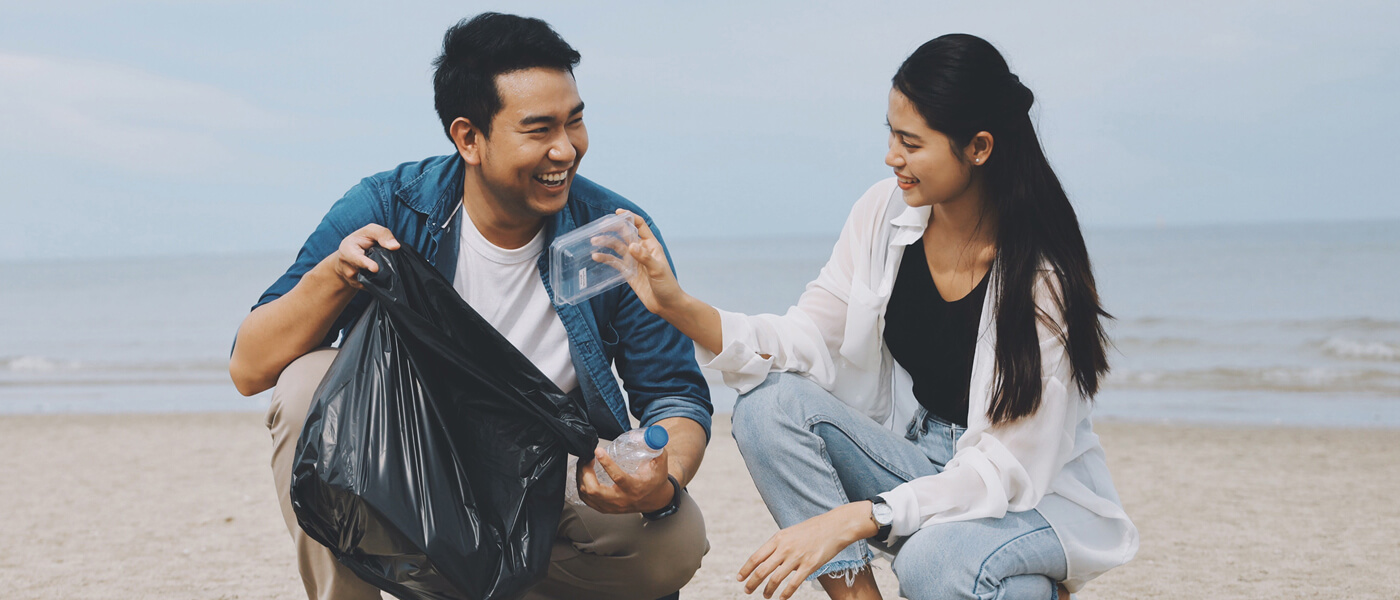
As you stroll along the beach with your family on the weekends after a long week at work, did a stray plastic bottle or single-use utensil lying on the sand catch your eye? These small pieces of trash may look insignificant, but they reflect a larger issue – Plastic Pollution. The vast blue may seem picturesque, but underneath the waves, our oceans are polluted with trash.
How does the trash end up on Singapore’s shores?
When we dispose our trash, it is easy to toss them out and think that they are no longer a problem. However, trash does not just vanish. They may no longer be in sight, but they can still make its way into our oceans and rivers, even when that is not the intention.
What’s more, due to certain monsoon seasons in Singapore that last for an extended periods of 3 to 6 months on various parts of our nation’s coastlines, trash from neighbouring countries and islands get washed up and accumulates on our shores. This resulted in an increased efforts by the National Environmental Agency for the frequency of their cleaning operations, from four times a week to twice daily.
Common marine trash that could be includes plastic water bottles, straws and food packaging, which highlights the broader problem of mankind’s reliance on plastic and the harmful impacts it has on the oceans.
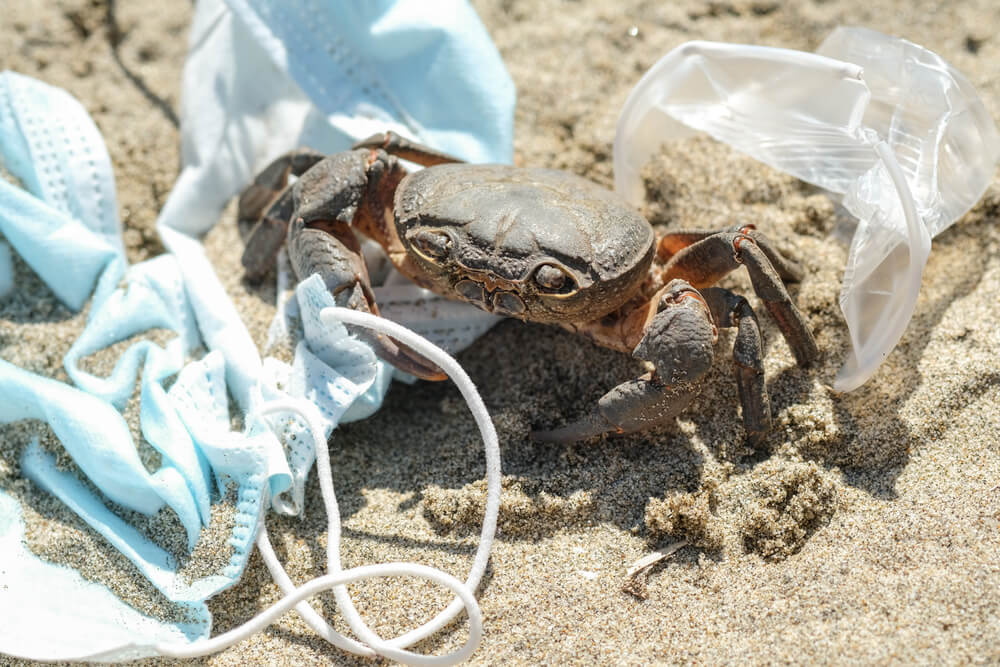
The trash debris can cause harm to wildlife, habitats and even humans. Plastic particles are toxic to marine life and can destroy many ecosystems by preventing the flow of open water. The impact of the trash in our oceans go beyond that – fishes and other ocean life may ingest these plastics and eventually end up on our dining table.
Why it’s good to do beach clean-ups – and even better to do it as a family
With the current pandemic developments around the world, it may seem like we have been staying at home most of the time due to the Work-From-Home arrangements. Instead of facing the usual concrete walls over the weekends, why not take a respite and enjoy the outdoors by taking the family for a fun day out at the beach?
Our island may be small but there is still a rich marine life on our sandy beaches such as Changi Beach or East Coast Park. From bubbler crabs to sea stars and horseshoe crabs, you may even be able to spot a rare turtle sighting if you are lucky!
However, it is important to note that we should always keep a distance from these wild marine animals and leave them intact in their natural habitats as much as we can. In fact, you can even go a step further to help preserve their homes, by removing items that do not belong to their natural environment.
Use this great opportunity outdoors to educate the young ones on the beauty of nature and do something meaningful while at it! You can participate or organise a beach clean-up to prevent the harmful debris items from entering the ocean again, and also protect endangered marine species from being a lost sight for our future generations.
With an entire month dedicated to going plastic-free this #PlasticFreeJuly, everyone can do their part to make a difference for our environment, and what better way to do so as a family to cultivate eco-friendly habits that can #PowerTheChange for cleaner streets, oceans, and beautiful communities.
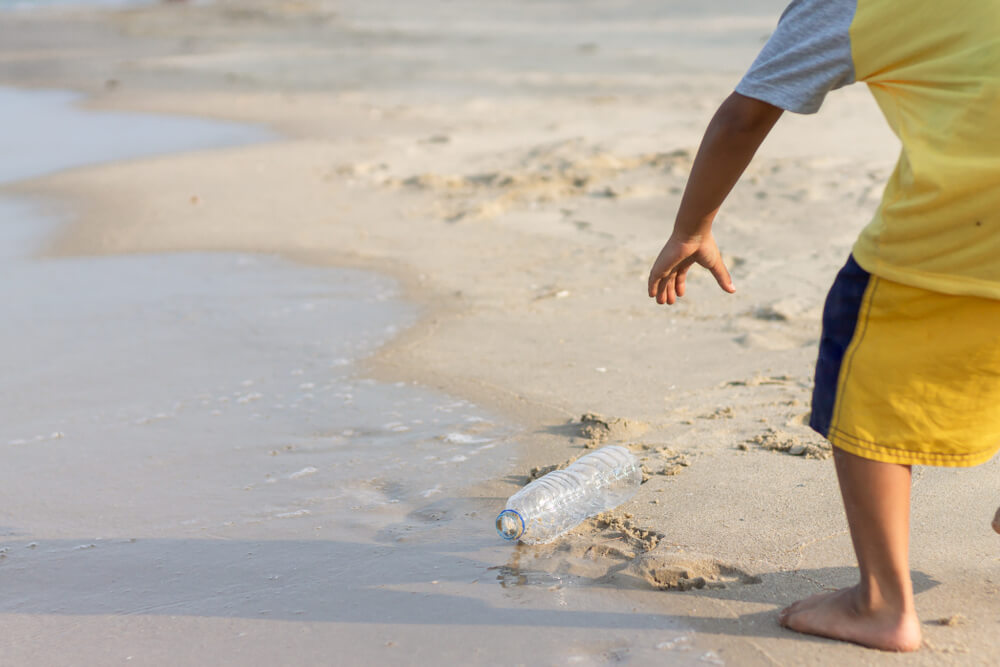
Often, we need to speak with our actions, and we believe a unique dining experience with the lights switched off and breaking out the candles will be the perfect starting point to show why doing their part for the earth is important.
How to organise a beach clean-up
A beach clean-up might sound like it would be complicated to organise, but in truth it’s quite the opposite! If you are interested in organising one on your own, here is how you can get started:
-
- Register to Clean-up the Beaches and Parks
This is a free registration initiative as part of the Public Hygiene Council, that can be made at least 21 days in advance. Participants and families can hold their beach clean-up anytime between 9am to 6pm, at various locations such as East Coast Park, Changi Beach Park and Coney Island Park! - Prepare for the Clean-up
As you rally your family for your first beach clean-up, you definitely to make sure you are well equipped! We recommend having on hand some masks, gloves, tongs, trash bags and even a first-aid kit! You can either prepare these on your own, or you can rent a package kit from our ChangeMaker partners Green Nudge!Here at Geneco, we understand the importance of playing a part in combating the adverse effect of climate change brought about by human activities. Therefore, as part of our green efforts this #PlasticFreeJuly, we will also be sponsoring 50 sets of Green Nudge’s coastal cleanup toolkit rental for Geneco customers to kickstart their own beach clean-up. Click here to see how you can redeem if you are part of the Geneco family! - The Beach Clean-up
Don’t fret if this is your first beach clean-up and you are unsure on how to get around it! Remember the aim of the activity is to bond with your loved ones, enjoy yourselves, all while doing good for the environment! With every trash you pick up, you realise the growing amount of plastic that might be out there affecting our marine biodiversity. The problem of plastic pollution may not be stopped overnight, but we can do much with each clean-up.If you are as pumped up as we are on how to create your own beach clean-up the Public Hygiene Council even has a guide to help take us through it to ensure we do it right while preserving the environment! Do check the weather before proceeding, and to take note of the list of items that are appropriate to pick up. Also, remember to adhere to safety guidelines and observe safe distance measures during this time!
- Register to Clean-up the Beaches and Parks
Beach clean-ups may not be the first to come to your mind when thinking about spending time and bonding with the family. However, it is a great way to wind down and take in what our Singapore coasts have to offer, while doing a meaningful activity that is beneficial to the environment.
Take this great opportunity to teach the young about the harm of single-use items, and how a simple change in their daily habits can effect a change for our environment.
To find out how else you can play a part in preserving our environment and adopt a zero-waste living, visit our Instagram and let’s #PowerTheChange for a greener future, together.
Image Credits: Nylon Coffee Roasters
Source: The Sustainability Project
References:
- 1 (2019) Climate Healers, Animal Agriculture is the Leading Cause of Climate Change – A Position Paper https://climatehealers.org/the-science/animal-agriculture-position-paper/
